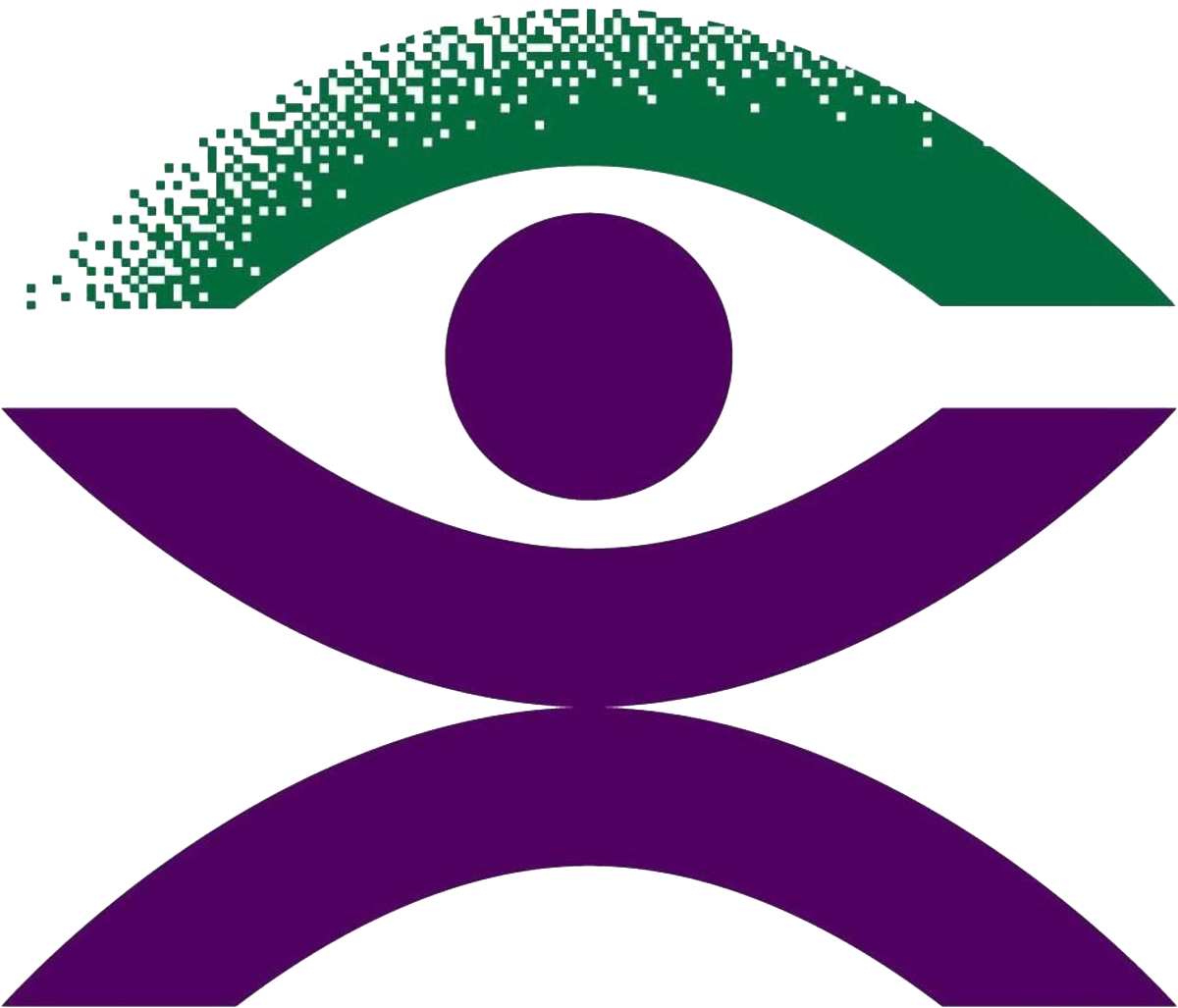Author: Bruce C. Gillies
In 1941, the Victorian Education Department set up the first special class for students who were partially sighted at the Princes Hill Infant School in Carlton North, an inner suburb of Melbourne. Sometimes known as the “Sight Saving Class”, it operated similarly to many small rural schools, with grades one to eight being taught the same curriculum as in other state schools in one room with a single teacher.
BCA President John Simpson AM and I both commenced our education in this special class in 1953 with about ten other students. Those attending the class had varying degrees of vision impairment and were not taught Braille.
Miss Lydia Checcucci, the longest serving teacher and considered to be the backbone of the special class, was not adequately trained, or supplied with much in the way of equipment, especially reading material. As there were very few large print books available to read, teachers often read books to the entire class.
In time, the Education Department took steps to offer equipment that would reduce the strain on students’ sight. Desks with sloping tops were provided so that students would not need to bend when reading or writing.
In 1957, the Department introduced several other changes to assist the students. These included various types of magnifying lenses, and the purchase of what was referred to as a ‘Reading Machine’. This device was the forerunner of Closed-Circuit Television Magnifiers.
Although the students had lessons at their grade level, on many occasions all students would be involved together in discussions, lessons, and projects, plus the entire class listened to radio broadcasts from the ABC.
Despite staff efforts to integrate the students into the normal fabric of the school by including them in the morning assemblies and other activities, during recesses the students tended to remain by themselves as most were older and bigger than the other students and were sometimes referred to as the ‘blindies’. This class remained at the Princes Hill School until 1961, when it moved to the suburb of Kew as a special school known as Carronnbank.
In late 2018, I contacted the Princes Hill Primary School to enquire if the school was prepared to have some type of a display to commemorate this special class, as it is a part of the school’s history. The School Council decided that a small hard cover booklet could be produced and kept in the school library.
I prepared a document of eleven pages of text using information from a chapter of a book I have been writing about my own life. The chapter and the document I sent to the school, included a segment about the Class for the Partially Sighted taken from a book published in 1989 as part of the Princes Hill Schools’ centenary celebrations.
Two copies of the booklet were produced – one for the school library and one for me. The booklet has white text printed on black paper. There are also fourteen class photographs included in the document
Ex-students of the class or the Carronnbank school, and other BCA members, may like to read a copy of this brief history of the class. The special class is an important part of the history of educating blind and low vision students in Victoria and Australia.
The School Council of the Princes Hill Primary School and the author of the book “Prinny Hill”, Nicholas Vlahogiannis, both support the information contained in the document being made available to BCA members.
I can provide, as an email attachment, either a text only copy of the booklet, or text with the photographs included. If any BCA member is interested in this history, please send an email to me at brucecgillies@gmail.com and, I will then send you a copy.

